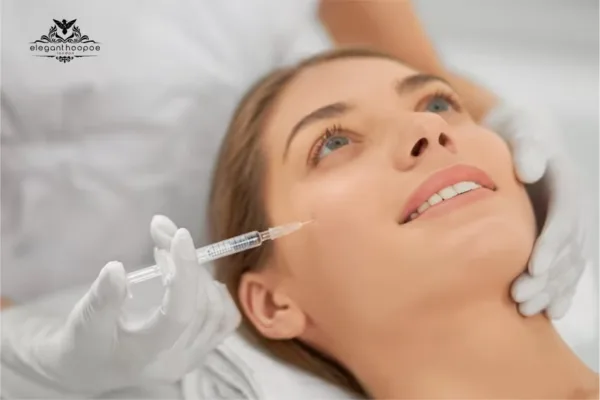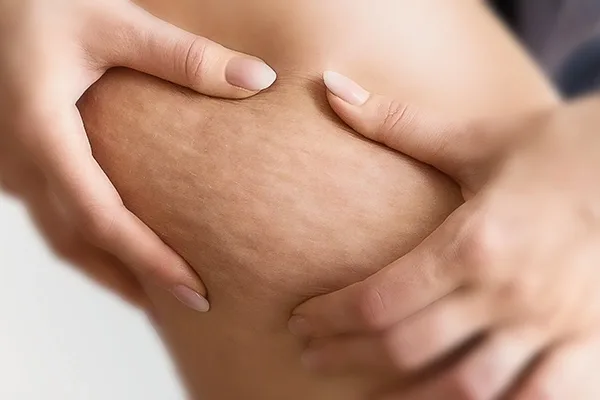What Are Hospital IV Drips Used For—and Why Are They So Effective?
Hospital IV drips deliver fluids, medications, or nutrients directly into the bloodstream for fast, targeted results—ideal for emergencies and complex conditions. Key benefits include:
- Near 100% nutrient absorption (bypasses digestion)
- Instant action in critical situations (e.g., shock, poisoning)
- Customizable dosing for specific needs
They’re essential for patients needing immediate medication, high doses, or alternatives to oral treatment. Though safe, IV drips must be administered by professionals to avoid risks like infection or fluid overload.
From its earlier origins in the 17th century, hospital IV drips have come a long way to become a ubiquitous first line of defense in many emergency health cases. From treating dehydration and autoimmune disorders to aiding recovery from chronic diseases like fibromyalgia and migraines, its simple, effective, and customizable solutions have revolutionized the health industry and brought hope to countless patients around the world.
In this article, we examine IV drips – their method of administration, suitability, and side effects, and highlight 3 key reasons why IV drip is universally given in hospital.
What are IV drips?
IV drips are a fast and effective way to administer essential nutrients and medications to the human body. They consist of an IV apparatus with a fluid drip bag on one end and a catheter on the other. The drip bag is ‘mechanized’ to send its content through thin plastic tubing into the vein, where the rejuvenating fluid gains direct entry into the bloodstream.
The fluid in the drip bag is often a standard saline solution (for hydration purposes). It may also contain secondary medication, such as antibiotics, antifungals, antivirals, blood factors, chemotherapy, immunotherapy, etc., to promote recovery from a range of illnesses.
Besides its application in health and medicine, IV drip therapy also gains application in athletics performance, wellness/beauty, and anti-aging, where it is replete with nutrients that provide energy, rapid hydration, and beautify the skin.
3 key advantages of IV drips over oral medications in hospitals

- IV drips can be customized right to the mL, in line with the patient’s needs.
- Unlike oral medications that, in some cases, will lose effectiveness when exposed to the digestive system, IV drips bypass the digestive system to provide near 100 % nutrient bioavailability.
- IV drips are fast-acting, with the effects kicking in within a matter of seconds. This is particularly important in life-threatening conditions like anaphylactic shock and poisoning, where the corresponding drugs must reach the bloodstream quickly.
Who needs Hospital IV drips?
Despite the numerous benefits of IV drips, not everyone who is sick or nutrient deficient is actually ‘qualified’ to receive intravenous intervention.
Patients with mild dehydration can get rejuvenated by drinking water, or fluids that contain electrolytes à la sports drinks. Those who are normal but would like to harness the ‘cosmetic’ benefits of IV therapy can, in most cases, get rapid energy, luscious skin, reduced bodily lines/folds from natural food sources, and some sustained lifestyle changes.
Hospital IV drips are suitable for patients who need:
- Immediate life-saving medications
- an ultra-specific dose of a medication
- large doses of a medication in a sustained period
- Alternative medication arrangement due to oral cancer/mouth-related diseases, gastrointestinal discomfort, recent surgery along the digestive tract, and inability to swallow in the interim.
- multiple injections, as is commonplace with some chronic conditions
How are IV drips administered?

For non-emergency cases where the purpose of the IV drip may not be apparent, a doctor will need to review your entire medications and supplements (to avoid a negative reaction). The doctor will also check if your vital signs and physical condition are on par to receive infusions and verify nutrient levels to ensure that only deficiencies are covered.
Based on this analysis, the doctor will then determine the kind of fluid you need and the optimal stabilization rate.
Once the appropriate IV fluid and proper mix of electrolytes have been chosen, they are filled into a drip bag. The drip bag is hung on an elevated platform or stand so that gravity can aid the fluid transfer through thin tubes into the vein.
Before a transfer commences, the plastic tube connection to the hand is tightly secured to proactively eliminate leaks. A nurse also disinfects the skin over the injection site and locates the vein where an IV catheter will be inserted.
Some patients may be scheduled for multiple IV treatments over some time. These patients could opt for a port to be surgically implanted underneath their skin from where needles can be inserted, without continually sticking them.
In any case, the fluid is regulated manually or using an electric infusion pump. The latter is considered more effective for fluid regulation because it can administer smaller volumes of fluids at an ‘automated’ steady rate.
Intravenous interventions are administered in two ways:
- Rapid ‘bolus’ infusions, which are often used in emergency cases where the body urgently needs a jolt of a nutrient/medication; or
- Time-based infusions are administered over a period to supply nutrients in a manner that does not overwhelm the body’s ability to receive them. This method requires diligent fluid management that encompasses setting durations, monitoring dosages, and adjusting the flow rate of the drip throughout the process – working off data from the vitals and physical inspection.

Some possible side effects of IV drips

Like anything health-related, the importance of getting IV drips (and ‘cosmetic’ therapies) from certified and licensed professionals cannot be overemphasized. Although the procedure’s benefits far outweigh the risks, a lot can still go wrong, and your choice of vendor can significantly tilt the scales in your favor.
Some complications that can occur with IV drips include
- Air embolisms
- Fluid overload (hypervolemia) or underload, which can lead to high or low blood pressure, abnormal heart rate, swelling, hypovolemic shock, and other complications
- Fluid infiltration
- Infection
- Phlebitis
- Hematoma
Why elegant hoopoe?
elegant hoopoe is a health and aesthetics center in Dubai specializing in non-invasive fat reduction, muscle building, skin appearance, and more. The company has an IV boutique stocked with ultra-quality solutions sourced directly from the US and administered by experts in the field.








